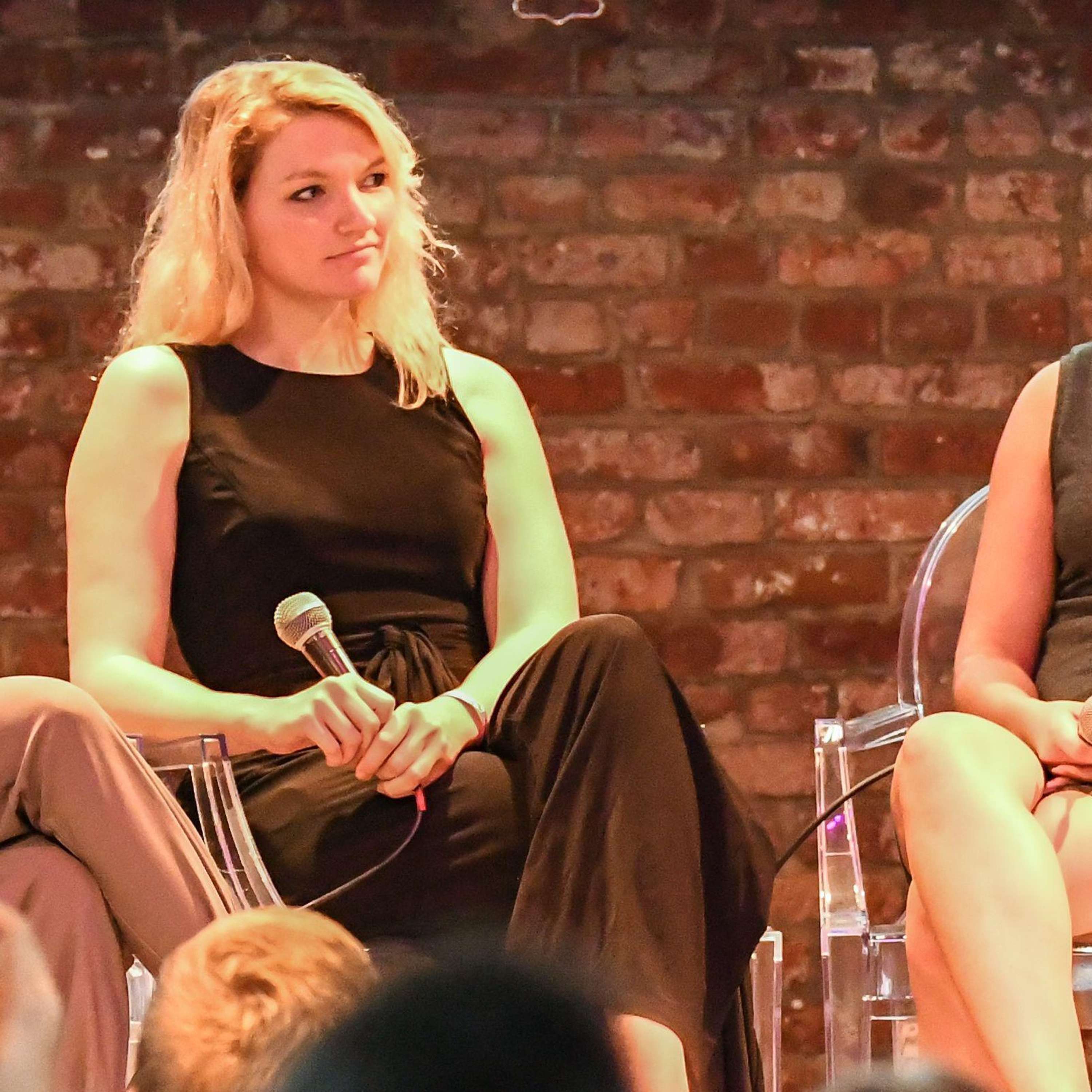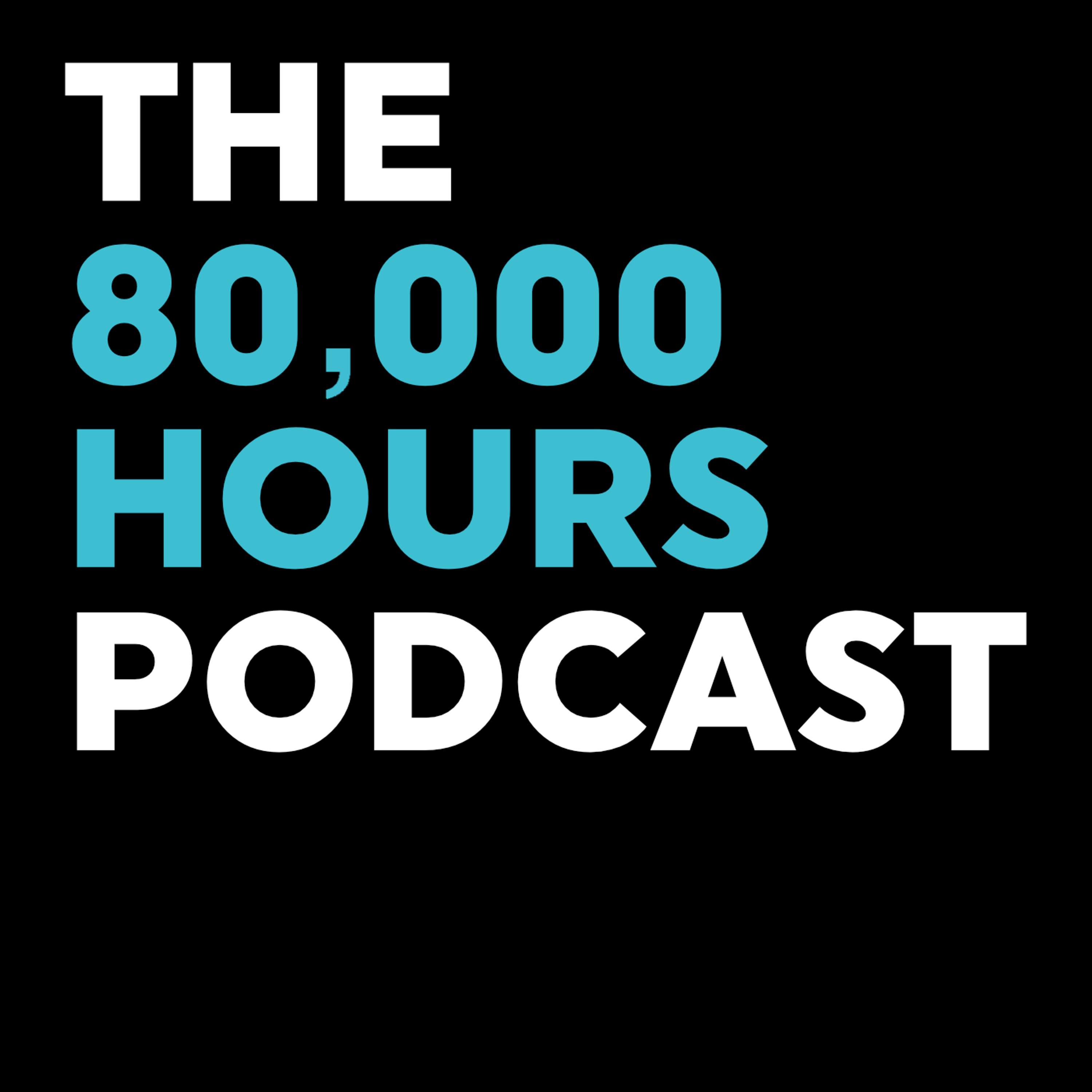
#26 - Marie Gibbons on how exactly clean meat is made & what's needed to get it in every supermarket

80,000 Hours Podcast
Shownotes Transcript
First, decide on the type of animal. Next, pick the cell type. Then take a small, painless biopsy, and put the cells in a solution that makes them feel like they’re still in the body. Once the cells are in this comfortable state, they'll proliferate. One cell becomes two, two becomes four, four becomes eight, and so on. Continue until you have enough cells to make a burger, a nugget, a sausage, or a piece of bacon, then concentrate them until they bind into solid meat.
It's all surprisingly straightforward in principle according to Marie Gibbons, a research fellow with The Good Food Institute, who has been researching how to improve this process at Harvard Medical School. We might even see clean meat sold commercially within a year.
The real technical challenge is developing large bioreactors and cheap solutions so that we can make huge volumes and drive down costs.
This interview covers the science and technology involved at each stage of clean meat production, the challenges and opportunities that face cutting-edge researchers like Marie, and how you could become one of them.
Full transcript, key points, and links to learn more.)
Marie’s research focuses on turkey cells. But as she explains, with clean meat the possibilities extend well beyond those of traditional meat. Chicken, cow, pig, but also panda - and even dinosaurs could be on the menus of the future.
Today’s episode is hosted by Natalie Cargill, a barrister in London with a background in animal advocacy. Natalie and Marie also discuss:
- Why Marie switched from being a vet to developing clean meat
- For people who want to dedicate themselves to animal welfare, how does working in clean meat fare compared to other career options? How can people get jobs in the area?
- How did this become an established field?
- How important is the choice of animal species and cell type in this process?
- What are the biggest problems with current production methods?
- Is this kind of research best done in an academic setting, a commercial setting, or a balance between the two?
- How easy will it be to get consumer acceptance?
- How valuable would extra funding be for cellular agriculture?
- Can we use genetic modification to speed up the process?
- Is it reasonable to be sceptical of the possibility of clean meat becoming financially competitive with traditional meat any time in the near future?
Get this episode by subscribing to our podcast on the world’s most pressing problems and how to solve them: search for '80,000 Hours' in your podcasting app.
The 80,000 Hours Podcast is produced by Keiran Harris.